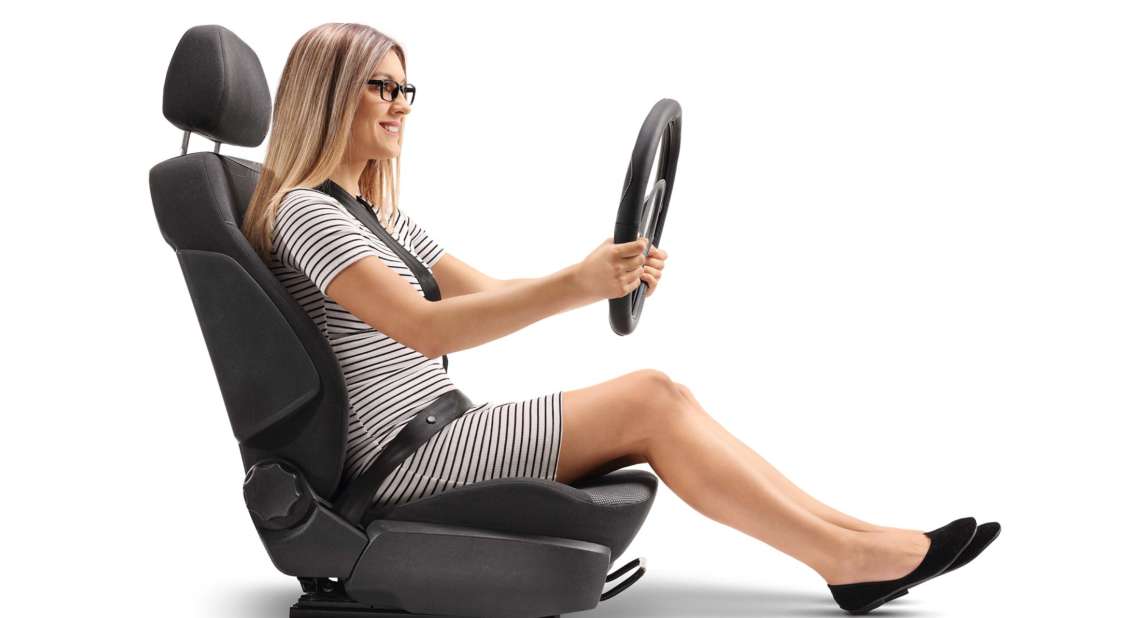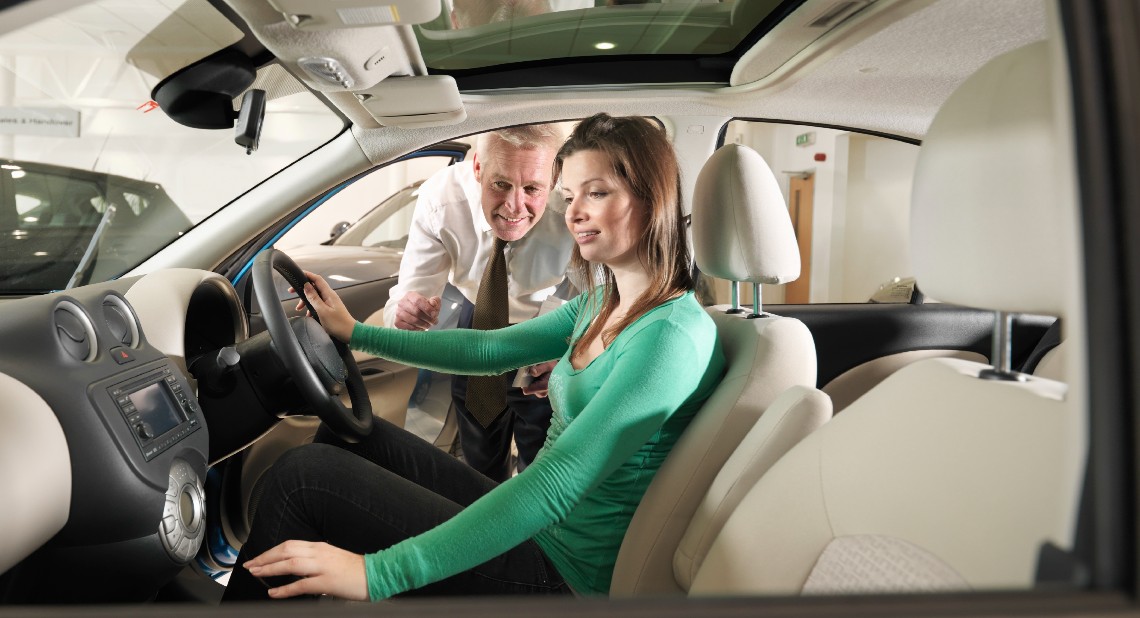Sometimes you go through a period in your life when you get a bit of back pain, shoulder pain or a stiff neck. When it happens you can be left wondering what caused it. It rarely occurs to us that our driving posture could be to blame. Here are our tips on how to choose the right position for driving.
Many drivers suffer from back pain because they drive in the wrong driving position – and that’s especially true of motorists who are on the road for over 20 hours a week.
With humans coming in all sorts of shapes and sizes, how do you find the optimum driving posture for you? This is all down to what’s called ‘ergonomics’ which is how the human body and behaviours interact with man-made things around it. Like how your body fits in a car seat and how you behave when you’re in your car.
Consider the position of the seat
Firstly, the position of the seat is key – because this in turn affects position of your knees, legs, elbows and arms. Make sure you’re sat right back in the seat without a gap between any part of your back and the backrest. Your shoulders should be well supported by the seat, so avoid the temptation to move your upper body forward and away from the chair.
Adjust your seat, so both knees are bent at an angle of 20 to 30 degrees when your feet are on the pedals. Adjust the height and recline position of the seat so your hips are about as high as your knees. It’s perfectly acceptable to use a cushion if you need more height, although it mustn’t be causing you to slide about in the seat.
Make sure your legs don’t feel stretched – it shouldn’t feel like an effort to operate any of the pedals, and you shouldn’t feel as though you’re putting pressure through your thighs when you do. Equally, to avoid putting pressure through your knees, make sure your legs feel like they have enough space when the pedals aren’t pressed.
If your vehicle has lumbar support, this should be adjusted so the gap created by the arch of your lower back is filled without pushing any other part of you away from the seat.
Make sure your arms are in the correct place
Now you’ve found a good driving posture, it’s time to look at your arms and elbows. Start by adjusting the steering wheel. Your elbows should be bent at a 30 to 40-degree angle with both hands on the wheel.
Many of us are aware of the advice to have our hands in the nine and three o’clock position on the wheel, but almost as many let their hands slip to the ten and two o’clock positions, or steer one-handed. It may feel like advice from the nanny-state, but keeping your hands in the right place can really help with posture. When you do this, you should mainly have the steering wheel in your fingers, rather than clenching your fists around it, as the latter will strain your neck and shoulder muscles.
Of course, this means you shouldn’t rest your left hand on the gear stick or your right elbow by the window. Either position would throw your body out of alignment and put more strain through one shoulder versus the other, which could cause aches and pains.
Maintain good driving posture
Equally, you must maintain a good view of the dials behind the steering wheel and, most importantly, the road itself.
Adjust the headrest so the top of it aligns with the top of your head. You shouldn’t need to push yourself back into the chair; it should be a natural position that you can maintain while relaxed. You also shouldn’t need to put your head on the headrest itself to feel comfortable.
Finally, your seatbelt should go across your pelvis, not your tummy – this is especially important if you’re pregnant. The upper part of the belt should pass over your clavicle (the ‘horizontal’ part of your shoulder), and you should be able to adjust its position on the B-pillar (between the front and rear windows) to ensure it’s positioned correctly. Seatbelts should always be tight with no slack.
Of course, everyone’s body is different, and it’s essential to consider how well a driving posture works for you. Make adjustments to suit your body but always keep the focus on aligning your spine so that it is straight and supported.
Lastly, even the optimum driving position won’t be good for you if you stay in it for too long. Avoid maintaining any posture for long periods by taking regular breaks and gentle stretches while mentally scanning your body for any areas of tensing. The Highway Code recommends a 15-minute break for every two hours of driving.
How the Motability Scheme can help
The Motability Scheme makes leasing a car an easy, hassle-free experience. With the Scheme, you can use your qualifying mobility allowance to lease a brand-new vehicle of your choice.
If you’d like to find out more about the Scheme, request an information pack below and we’ll send you all the information that you need to make the right choice.
Related articles
An autistic driving instructor’s tips for great driving
Driving in the dark – tips on how to stay safe
Don’t let anxiety keep you from driving
![]()











